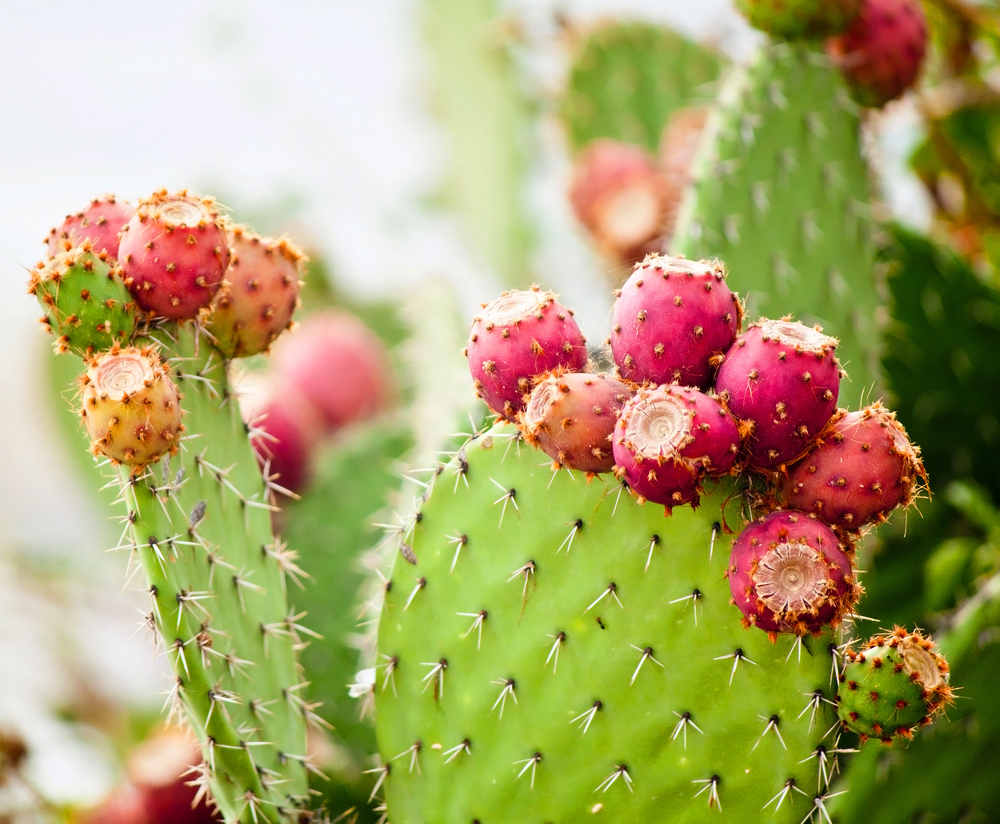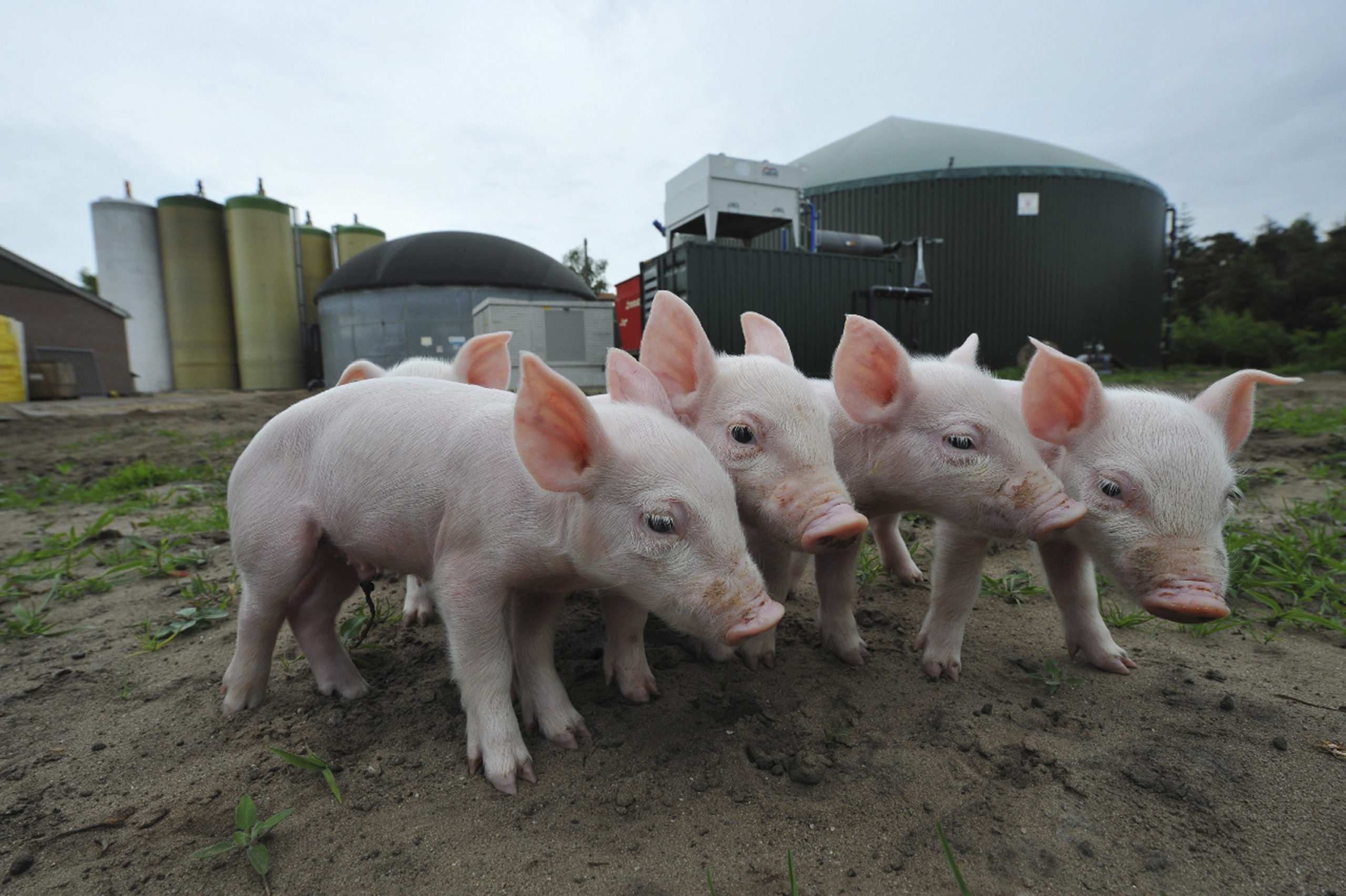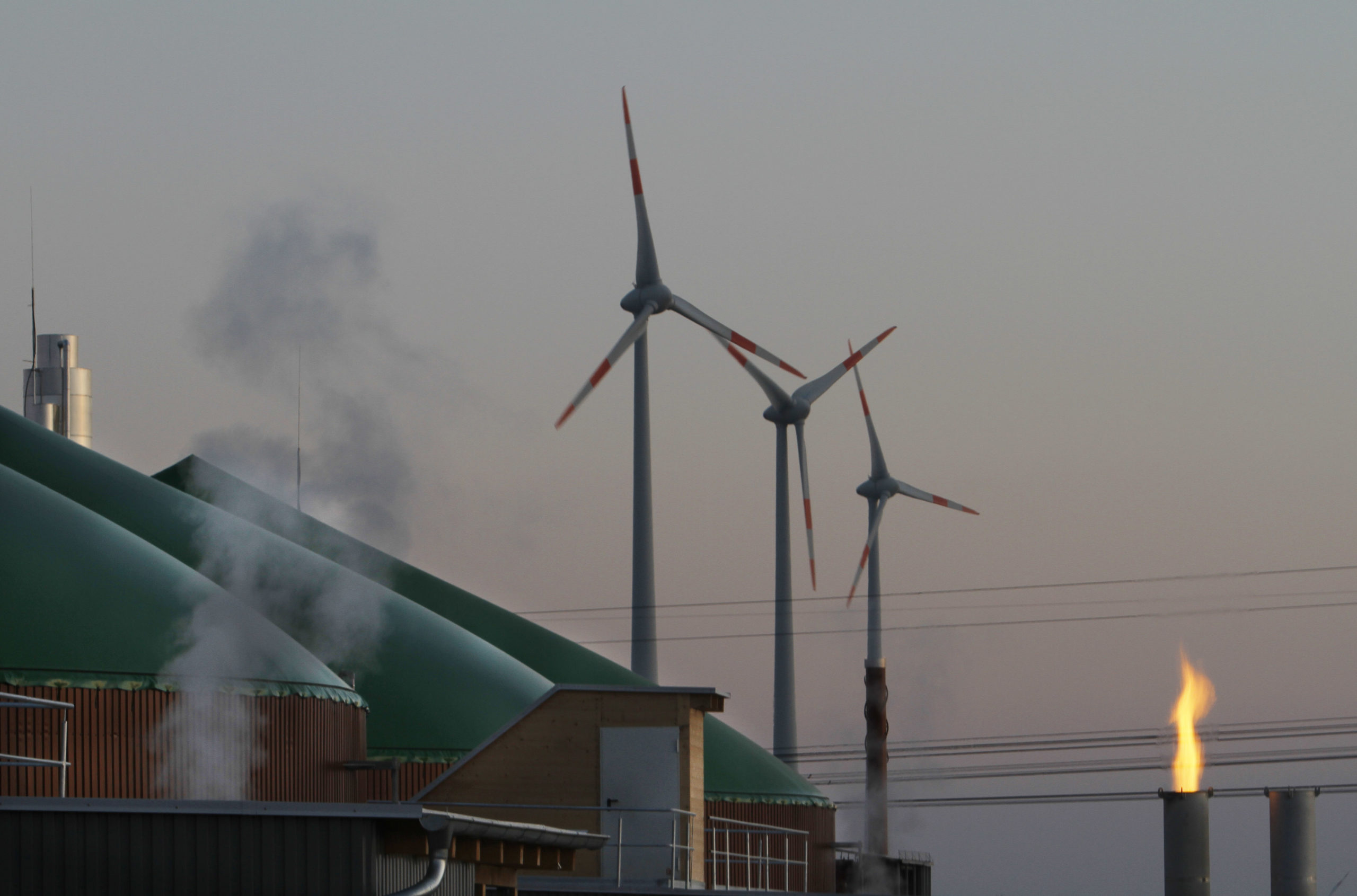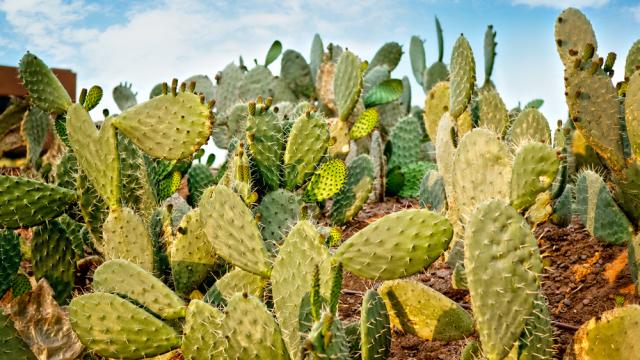As drought strikes broad regions of the world, farmers are focusing on the crops that can feed people — not the crops that can power their cars. But what if there was an energy crop that could grow where traditional crops can’t? Even in a drought? Enter the cactus.
Climate change and drought aren’t just affecting agriculture. They’re also affecting making it more difficult to cultivate some forms of renewable energy, as a group of Oxford scientists explain in a Energy & Environmental Science paper led by the Department of Engineering Science’s Michael Mason. “Coal and oil are energy dense fuels, the result of millions of years of accumulation and concentration of solar energy,” the authors write, “renewables, on the other hand, rely on converting solar radiation to useful energy on a year by year basis, making them exceptionally space hungry compared to an oil field or coal mine.”
For example, biogas — or gas that’s made from the break-down of organic matter — has the potential to replace a big chunk of our gas usage, but requires huge amounts of farmland and water to grow that organic matter. Those resources are more and more hard to come by as the drought eats up arable land. But Mason and his colleagues suggest a different way in their paper, The potential of CAM crops as a globally significant bioenergy resource.
What Makes the Prickly Pear So Powerful?
The prickly pear cactus is one of the more common cacti in our world (it’s even on Mexico’s coat of arms!). It’s also a member of a unique group of plants that use an unusual photosynthesis pathway that evolved due to extreme growing conditions, in arid climates with long, hot, dry days and cool nights. This is called crassulacean acid metabolism, and all sorts of common plants use it — as much as 6% of the entire plant population, according to some scientists.
From the succulents growing on your deck to the pineapple at the grocery store, CAM plants have a special way of going about the business of photosynthesis: They only absorb carbon dioxide when it’s cool out, which means they don’t lose as much moisture as they would during the sunny, hot daylight hours. Then, when the sun comes up, they close their stomata — their pores. The story goes that CAM was first noticed by the Romans, who “who noted that certain succulent plants taste more bitter in the morning than in the evening,” as John Cushman explains in Plant Physiology.

Picture: fischers
It’s an advanced survival tactic, and it makes CAM plants extremely efficient at thriving on very little. These plants, including prickly pear cacti, grow where other plants can’t. They use less water and make better use of sunlight. They’re easy to farm, and require comparatively little attention. As the authors of the Energy & Environmental Science study explain, all of that makes them — and another CAM plant, a shrub called Euphorbia tirucalli — a possible match for making bioenergy, especially in a time of drought.
It Could Be Cheap, Efficient Food For Gas
Though there’s plenty of research to be done on how these plants would do as bioenergy fuel, Mason and his co-authors suggest that prickly pear could help make biogas — or gas which is made when organic matter is broken down without oxygen — along with other forms of bioenergy like bioethanol. There are lots of different ways to make biogas; some use animal waste, like pig and cow manure, reducing methane and creating energy for farms — like this one in the Netherlands, which uses biogas made in these digesters from manure to actually cover the power output of operations:

AP Photo/Ermindo Armino.
Another method being tested by Los Angeles and several other cities right now collects organic matter from around the city — think rotten leftovers from grocery stores and restaurants — and mixes it into sewage, which is then digested to create biogas. Biogas isn’t particularly new. As Penn State explains in a short history, it’s been around for centuries in various forms:
The first digestion plant was built at a leper colony in Bombay, India in 1859. AD reached England in 1895 when biogas was recovered from a “carefully designed” sewage treatment facility and used to fuel street lamps in Exeter. The development of microbiology as a science led to research by Buswell and others in the 1930s to identify anaerobic bacteria and the conditions that promote methane production.
But shifting the massive infrastructure around fossil fuels towards a newer, and more expensive, form of fuel is no small task. Still, the potential for biogas is surprising. The National Renewable Energy Laboratory added up the amount of organic waste in the US — including manure, farm waste, commercial waste, and agricultural waste — and estimated that it could displace up to 56% of natural gas used by the transportation sector, and 5% of electric power.

A biogas plant in Germany. AP Photo/Ferdinand Ostrop
What makes prickly pear so interesting as a fuel for making biogas or other forms of biofuel is that it can be grown in places where traditional energy crops can’t. Imagine vast fields of cacti in remote, arid areas of the country, where normal crops can’t grow. It wouldn’t suck up the resources or space needed to feed people, as current bioenergy crops are criticised as doing.
And It Could Help Other Crops Grow, Too
But here’s the real kicker, the authors explain: Growing prickly pear at that scale might actually help produce more food in drought-stricken lands, because converting organic waste into biogas creates its own waste.

A farmer walks along one of his fields in California this year. AP Photo/Rich Pedroncelli.
CAM plants like prickly pear absorb a ton of water, and after digestion happens and the biogas is made, liquid and solid fertiliser will be leftover. That, in turn, could be used to better cultivate crops in areas that normally couldn’t support them, as the authors explain:
The semi-arid areas where CAM plants could be grown as energy crops will benefit from year round sunlight, and if the biogas is used to generate electricity, exhaust gases with elevated CO2 will also be available. These, coupled with nutrient-rich liquid available, offer the ideal ingredients for the development of highly productive agriculture using hydroponics or drip irrigation.
Of course, as they also point out, they’re merely pointing out that initial research into CAM plants shows that they could be hugely helpful for creating biogas. More research needs to be done. And there are downsides to prickly pear, too — it’s considered an invasive species in some areas, so introducing it on a huge scale to any region would take careful study and control.
Still, who knew that this tough, hard-working little plant could end up being a match for cultivating energy crops in drought-stricken or semi-arid regions? Whether or not cacti will end up powering our world one day, it’s a fascinating example of how agriculture and energy production could adapt to the drought.
[Full paper; h/t Grist]
Picture: Lucky Business
